For your 5.3 engine, you should see about 40-45 psi of oil pressure when it’s just sitting there, and 55-60 psi when you’re driving fast. Things like how warm it is, how fast you’re going, what kind of oil you’re using, and the oil filter can change the pressure. New engines might have lower pressure.
To keep the oil pressure right, it’s important to check it often and use the correct oil. Taking care of the camshaft bearings is also key. Keeping an eye on oil pressure is really important for your engine’s health and to catch any problems early.
Making sure your engine has the right oil pressure is a big deal because it affects how well your engine works and how long it will last. Knowing about oil pressure will help your engine run better. (Read Can A Starter Lock Up An Engine)
TLDR
- When your 5.3 engine is idling, the oil pressure should be around 20 psi.
- While driving at a steady speed, the oil pressure should be about 40 psi.
- It’s very important to keep the camshaft bearings in good shape to keep the oil pressure steady.
- Using the right type of oil and a good quality oil filter can make a difference in your oil pressure.
- Keeping an eye on your oil pressure is key to making sure your engine runs well and lasts a long time.
Optimal Oil Pressure at Idle
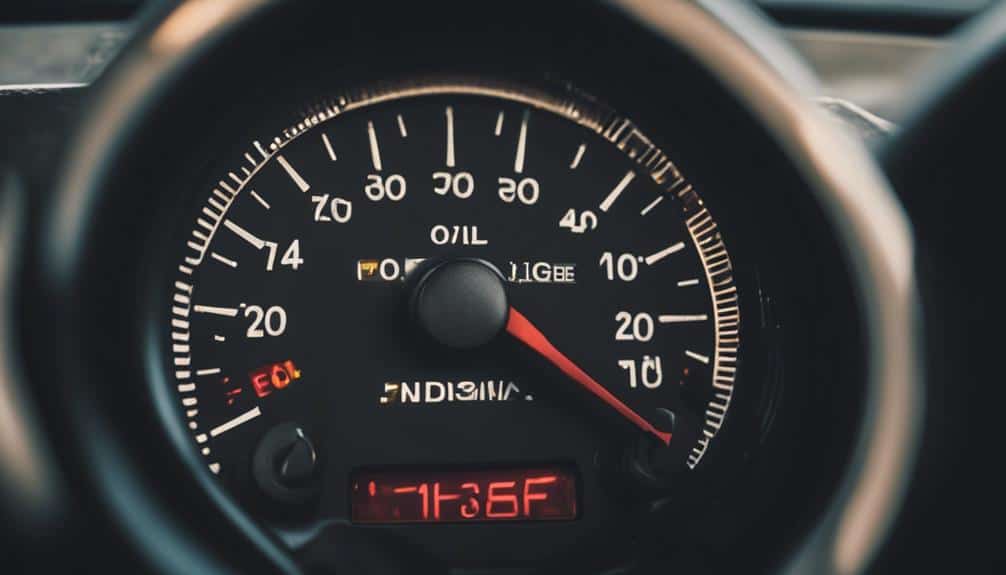
Keeping the oil pressure at about 20 psi when your engine is idling is important. This makes sure that all the parts inside your 5.3 engine get enough oil to work well. If the oil pressure goes below 20 psi when the engine is idling, it might mean there’s a problem. It’s really important to not ignore these signs.
If you don’t fix low oil pressure, it could cause big damage to your engine. You should keep the oil pressure between 20-40 psi when the engine is idling. This helps avoid expensive repairs and keeps your engine working for a long time. Remember, having the right oil pressure when the engine is idling helps your engine run smoothly.
Oil Pressure at Various RPMS
To make sure your 5.3 engine runs well, it’s important to check the oil pressure when the engine speed changes. When your engine is at 1,000 RPM, it should have about 22 PSI of oil pressure. If you speed up the engine to 2,000 RPM, like in a 2013 Chevy Silverado 5.3, the oil pressure should go up to 30 PSI.
When the engine is even faster, at 3,000 RPM, the oil pressure should be around 33 PSI. It’s a good idea to look at the factory guidelines for oil pressure to keep your engine in good shape. If you notice the oil pressure is low, it could mean there’s a problem, like a bad oil pump or too much sludge in the engine.
Factors Affecting Oil Pressure
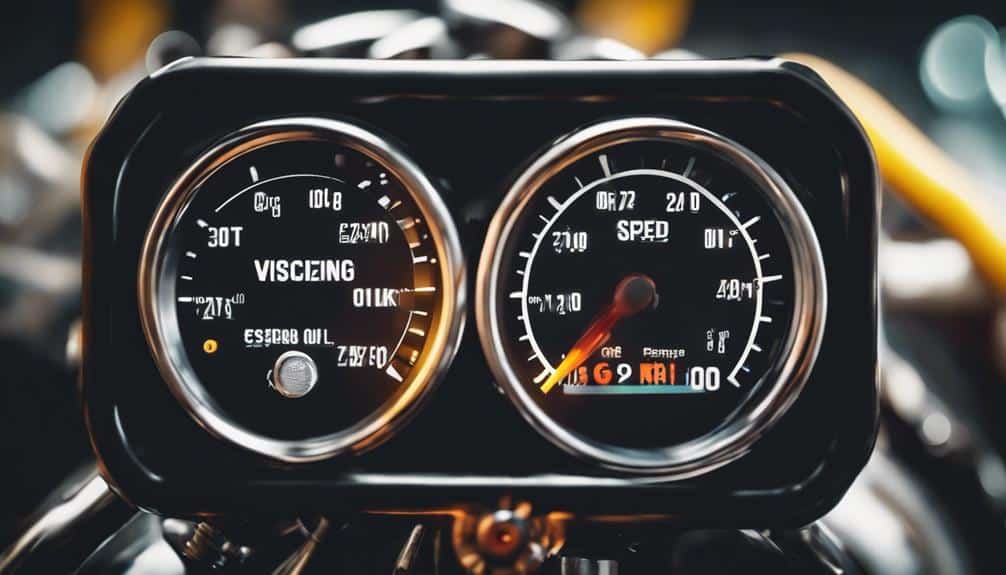
Knowing what affects your 5.3 engine’s oil pressure is key to keeping it running well. Oil pressure changes with the engine’s temperature, how fast the engine is running (RPM levels), the thickness of the oil (oil weight), and what kind of oil filters you use. The temperature of the engine is a big deal for oil pressure.
Also, the type of oil you use and how you drive can change the oil pressure a lot. It’s really important to use the type of oil recommended to keep the oil pressure just right. New engines might have lower oil pressure than old ones because of new technology. If you understand how oil pressure works with engine temperature, you can spot problems early and keep your 5.3 engine running smoothly.
Importance of Monitoring Levels
Keeping an eye on oil pressure is key to making sure your engine runs well. It’s important because it shows that everything inside the engine is getting enough oil to work smoothly. Checking this regularly helps catch any problems early, avoiding big repairs or breakdowns later. The oil pressure should match what the maker of your car says is best to keep things running right.
Using a mechanical gauge to check the oil pressure is better than just looking at the dashboard because it gives you a clearer picture of how your engine is doing. If you switch to synthetic oil, you might see some changes in oil pressure, so watch this closely. Car professionals often use mechanical gauges to get a very accurate reading, which shows just how crucial it is to keep an eye on this for your engine’s health.
5.3 Engine Oil Pressure Guidelines
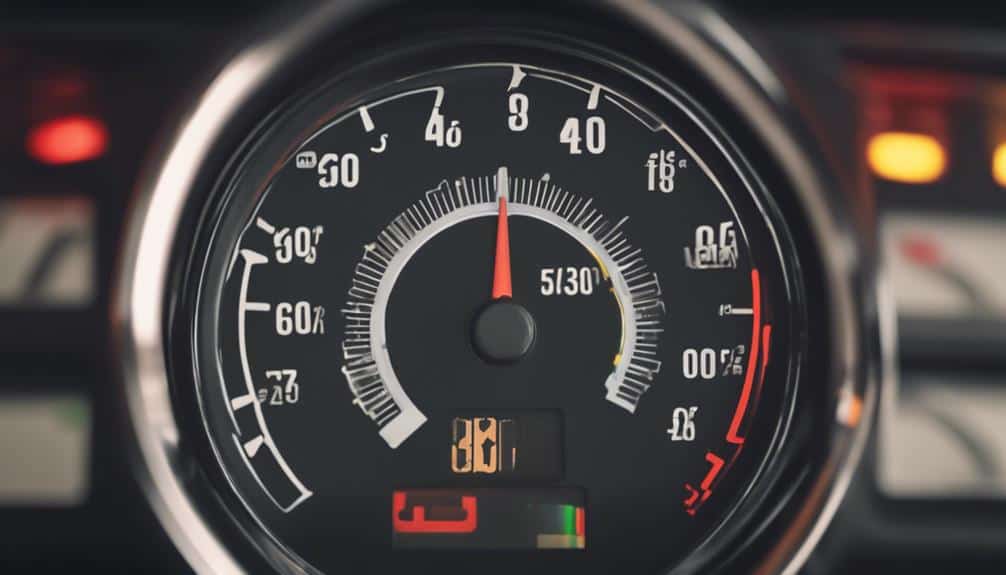
Keeping an eye on your engine’s oil pressure is key to making sure it runs well and lasts a long time. For a 5.3 engine, normal oil pressure is usually around 40-45 psi when it’s just idling and warm, and 55-60 psi when you’re driving fast on the highway. Oil pressure can change because of different things like how hot the engine is, how fast it’s running, the kind of oil you use, and the filters.
It’s important to use the right oil to keep the pressure just right. New engines might have lower oil pressure than older ones, but that’s okay. Knowing what affects oil pressure helps you spot engine problems early. Checking your oil pressure and how hot the engine is regularly will help your 5.3 engine stay in good shape.
Understanding Camshaft Bearings Impact
Taking good care of the camshaft bearings is very important to keep the oil pressure high in your 5.3 engine. These bearings help the camshaft work properly and make sure the oil in the engine flows like it should. If these bearings get damaged or worn out, your engine might not perform well because the oil pressure could drop.
It’s really important to keep these bearings well-oiled so your engine’s oil pressure stays just right. Checking the camshaft bearings often can catch any problems early and stop oil pressure issues in your 5.3 engine. By looking after your camshaft bearings, you’re helping your engine run smoothly and keep its oil pressure steady. (Read Is It Bad To Sit In Car With AC On)
Maintaining Proper Oil Pressure Levels
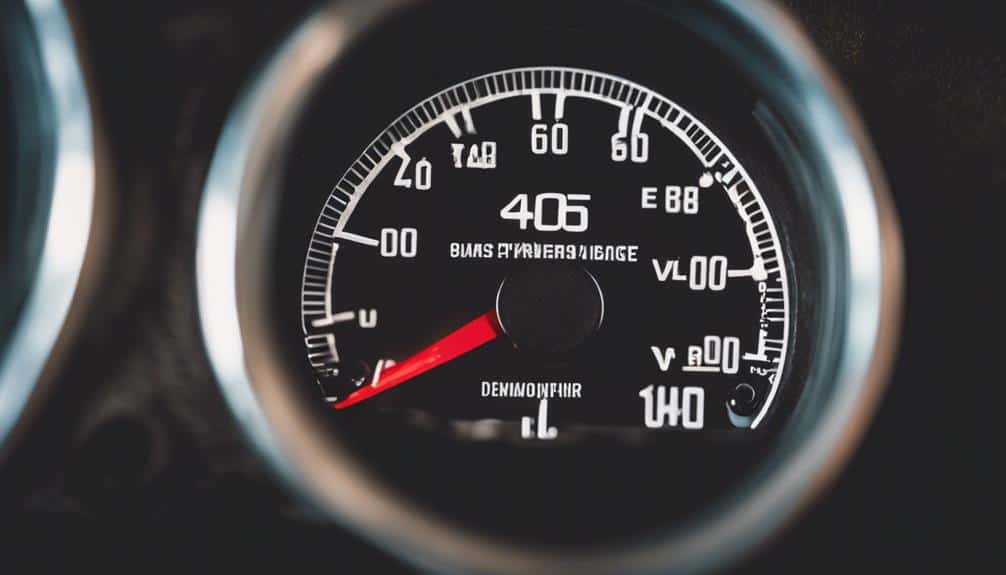
To keep your 5.3 engine running smoothly, it’s really important to keep an eye on the oil pressure. Understanding why oil pressure matters, checking the pressure often, and knowing what to do if it gets too low can help avoid engine damage and keep your engine working its best.
If you see the oil pressure drop, you might need to check a few things like if there’s enough oil, if the oil pump is working right, or if any filters are blocked. Fixing these issues quickly can help solve the problem.
Importance of Oil Pressure
Keeping the right oil pressure is key for your engine to work well. This pressure makes sure every part of the engine gets enough oil to keep it running smoothly without getting too hot from friction. Mechanical gauges are better than the ones on your dashboard because they tell you more exactly how your engine is doing.
You should always follow what the maker of your car says about oil pressure to stop damage and keep your engine running right. When you switch to synthetic oil, it’s normal for oil pressure to change a bit. This is something to keep an eye on. If you know what affects oil pressure, you can find and fix engine problems early, before they get worse.
Monitoring Oil Pressure
Keeping an eye on oil pressure is key to making sure your engine runs smoothly and stays in good shape. It’s important to keep the oil pressure within safe limits. Using mechanical gauges gives you a more exact reading of oil pressure than the ones on the dashboard, which helps you keep track better. You might notice oil pressure changes if you switch to synthetic oil, so watch out for any differences.
Car shops often use mechanical gauges to find problems more accurately, showing how crucial precise readings are. It’s also important to know how engine temperature and the thickness of your oil can change oil pressure. By paying attention and using mechanical gauges to check, you can make sure your oil pressure is just right for your engine to be healthy.
Troubleshooting Low Pressure
Always check the recommended oil pressure for your 5.3 engine to make sure it’s working at its best. If the oil pressure is too low, doing an engine flush might help get rid of any sludge causing the problem. You can also use a manual gauge to accurately check the oil pressure. Look for any blockages in the oil pump or pickup screen that could be lowering the pressure.
Watching the oil pressure at different speeds can help you find out what’s wrong more easily. By taking care of low pressure issues quickly and correctly, you can keep your 5.3 engine running smoothly and avoid any damage from not having enough oil pressure.
Monitoring Oil Pressure for Performance

To keep your 5.3 engine running smoothly, it’s important to watch the oil pressure. Having the right oil pressure helps your engine work better and last longer.
You can spot problems early by keeping an eye on it, avoiding damage to parts of the engine. Using a mechanical gauge to check the oil pressure gives you a clearer picture than the dashboard gauge. The oil pressure can change because of how hot the engine is, the kind of oil you use, and how you’re driving. Knowing these things helps you figure out any oil pressure problems quickly. This way, your 5.3 engine can perform well and have a longer life. (Read Ford 5.4 Fuel Pressure Test Port Location)
Recommended Oil Pressure for 5.3 Engine
For your 5.3 engine to run well and last a long time, it’s important to keep the oil pressure right. When your engine is just sitting there, not moving, the oil pressure should be about 20 psi.
When you’re driving, it should go up to about 40 psi. If you use a special pump that moves more oil, you can get even higher pressures – like 40 psi at idle and 60 psi when cruising. Whether you use synthetic oil or the regular kind doesn’t really change the pressure much.
On older trucks with a 5.3 engine, the oil pressure is usually a bit higher, around 30 psi when idling and 45 psi on the go. Bigger engines, different from the 5.3, often need more pressure to work right. They might need 40-50 psi just sitting there and 60-80 psi when driving.
Typical Oil Pressure Readings for 5.3
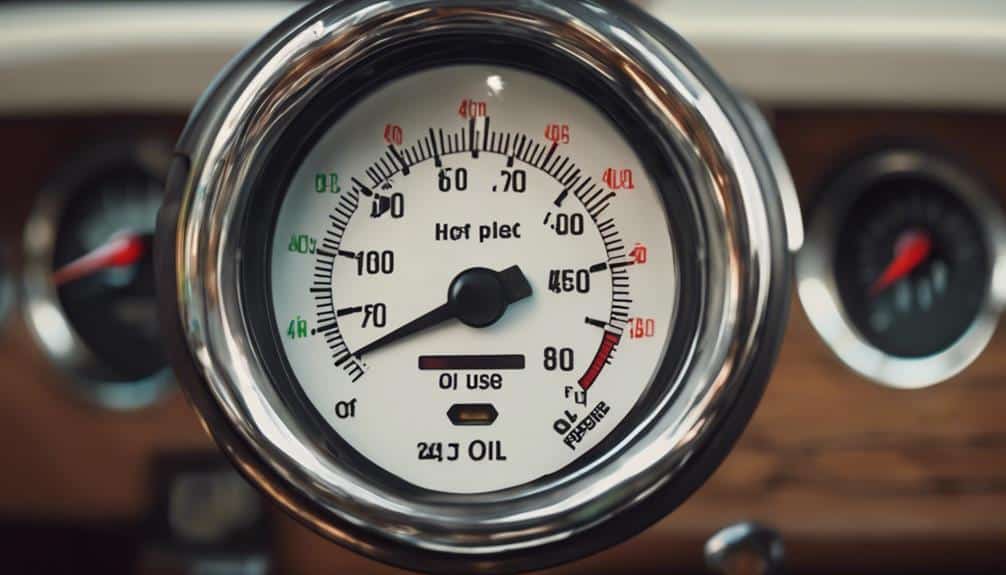
To keep your 5.3 engine running well and for a long time, it’s important to know the usual oil pressure readings. Normally, oil pressure should be about 40-45 psi when the engine is warm and idling, and 55-60 psi when you’re driving fast on the highway. Different things like how hot the engine is, how fast it’s running, the type of oil, and the oil filter can change the oil pressure. You should use the oil type that is recommended to keep the right oil pressure for your 5.3 engine.
Remember, newer engines might have lower oil pressure than older ones, which can change what the best oil pressure range is. Checking the oil pressure is key for making sure your engine works great. Using a mechanical gauge to check oil pressure is more precise than using the gauge on your dashboard.
Ensuring Ideal Oil Pressure for Engine
To keep your 5.3 engine running smoothly, it’s important to watch the oil pressure. Normally, when your engine is just idling, the oil pressure should be about 20 psi. When you’re driving at a steady speed, it should be around 40 psi. If you want the oil pressure to be higher, you can use a special pump that makes the pressure go up to 60 psi while driving and 40 psi at idle.
Whether you use synthetic oil or the regular kind doesn’t really change the pressure much. If you have an older truck with a 5.3 engine, the oil pressure might be a bit different – about 30 psi when idle and 45 psi on the road. Larger engines can have even higher pressure, with 40-50 psi at idle and 60-80 psi when driving. (Read No Oil On Dipstick But No Leak)
Wrap up
To keep your 5.3 engine running well for a long time, it’s really important to make sure the oil pressure is just right. You should check the oil pressure when the engine is idle and also when it’s running fast.
This helps you catch any problems early and avoid damage to your engine. Keeping an eye on oil pressure is a key part of taking good care of your car. So, remember to check it often to keep your engine happy and healthy.

